- By Steve Sizemore
Whether you are a blue chip, mid cap or small company, workforce planning has never been more critical. This is especially true with the boon of AI integration and leveraging more automation technology to manage labor demands. WFM processes, positioning within the business, empowerment and data alignment is more important than ever before. Siloed and detached WFM organizations can create more competition than collaboration which can impact to culture, efficiency and predictable outcomes. This blog aims to illuminate the significance of involving leadership teams in workforce planning.
The Role of Leadership in Workforce Planning
Effective workforce planning requires a blend of strategic foresight, comprehensive data analysis, effective data taxonomy and an understanding of the company’s long-term goals. This should start as early as the sales process and continue throughout technology and operational management process. Leadership teams, play an integral role in this process. Their involvement is critical for several reasons:
Strategic Alignment
Leadership teams are the custodians of an organization’s vision and strategic objectives. Creating WFM as a service to all levels creates an understanding of the process, the benefits and demystifies the WFM for all. By involving leaders in workforce planning, you ensure that workforce strategies are closely aligned with the overarching business goals by aligning the ability to execute with the contractual commitments and supporting processes. This alignment assembles the development of a collaborative workforce engine that can drive the organization towards its long-term objectives, together.
Informed and Empowered
Leaders hold the strategic vision for their organization. They see what some may not by understanding market trends, financial constraints, and business opportunities which enables more informed and strategic decision-making. When leadership teams participate in workforce planning, they can offer valuable perspectives that enhance the quality and effectiveness of the plan. If workforce planning is found as an endpoint of the strategic planning process, the big picture can shift to task work which not only limits the success of the planning teams but also can distort the vision itself. A goal to design a vision that can be managed, planned for and properly sized ensures success throughout the vision lifecycle.
Resource Acquisition/Allocation
Workforce planning often involves significant investments in recruitment, training, and development. Every leader is responsible for the allocation of resources within the organization. Within the last several years recruitment times, qualified talent and employee expectations have changed. Lead time to hire and retention can suffer immensely if a business does not effectively plan their staffing needs. Understanding how these inputs impact the strategic plan allows a workforce planning team to guide more quickly and inform with the appropriate lead time to execute. Leadership involvement within all areas ensures that the necessary resources are acquired, allocated efficiently and effectively, align with the organization’s strategic priorities.
Benefits of Leadership Involvement in Workforce Planning
The active participation of leadership teams in workforce planning yields numerous benefits for the organization. These include:
Enhanced Organizational Agility
Involving leadership teams in workforce planning helps organizations become more agile and responsive to changes in the business environment. It allows workforce planners to become an extension of the collaborative effort as opposed to detour later within the process. Leaders can anticipate shifts in market dynamics and adjust workforce strategy accordingly and ensure the organization remains competitive and resilient.
Improved Employee Engagement
When leadership teams are actively involved in workforce planning, it sends a strong message to employees about the organization’s commitment to their development and well-being. Workforce teams, especially in real-time analytics, can have a negative impact on employee satisfaction. Positioning the planning team and promoting them as an employee advocate fosters a culture of trust and transparency, leading to higher levels of employee engagement and satisfaction.
Better Talent Management
Leadership teams have a deep understanding of the skills and competencies required to achieve organizational goals. Their involvement in workforce planning ensures that the company can attract, retain, and develop the right talent to meet its strategic objectives. This results in a more capable and motivated workforce.
Challenges and Solutions
While the involvement of leadership teams in workforce planning offers numerous benefits, it also presents certain challenges. Here are some common challenges and potential solutions:
Resistance to Change
One of the most common challenges is resistance to change, both from leadership and employees. To overcome this, executive leadership teams should communicate the importance of workforce planning and its benefits to the organization. Engaging employees in the process and addressing their concerns can also help mitigate resistance.
Lack of Data and Analytics
Effective workforce planning relies on accurate data, effective data taxonomy, alignment of data design across the organization and analytics. Organizations may face challenges in collecting and analyzing relevant data. Disorganized or misaligned data hierarchies can impact speed to act and limit the effect workforce planning can provide as a service to other areas. To address this, executive leaders should invest in workforce planning, collaborative data architecture, applications and analytics tools that provide real-time data and insights.
Balancing Short-Term and Long-Term Needs
Balancing the immediate needs of the organization with long-term strategic goals can be challenging. Leaders should adopt a flexible approach that allows for adjustments based on changing business conditions. This may involve workforce but may also include areas like talent acquisition, sales, quality, knowledge management and training teams as well. Those who are most successful within workforce planning create redundancy that can absorb the shock of unforeseen events. Regular reviews and updates to the workforce plan, playbooks and involvement within the business continuity process can help maintain this balance.
The involvement of all levels of leadership within the workforce planning process is crucial for the success and sustainability of an organization. By aligning workforce strategies with business objectives, the business gains timely insight to upcoming change, allows time to act and ensures effective resource allocation. This promotes agility and will help maintain employee engagement and create a far more nimble organization. Executive leaders play a pivotal role in this process, and their active participation is essential for driving organizational success in an ever-changing business landscape.
For more information about WFM and how we can assist you, please contact us today.
About the Author: Steve Sizemore

Steve brings more than 23 years of experience in Contact Centers to NRG. In the last 19 years, Steve has focused on WFM, real-time management, vendor management and reporting.
